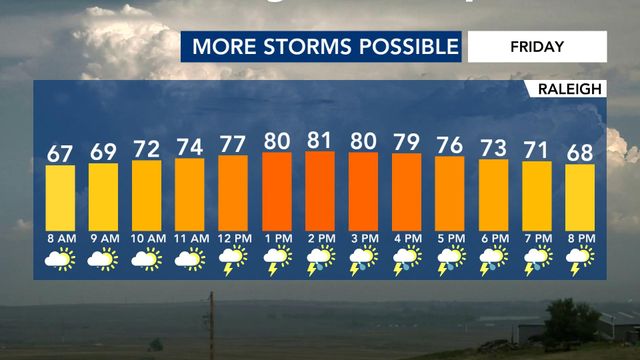WRAL Investigates: NC recruiting more international teachers to combat shortages
The ranks of international teachers in North Carolina public schools grew by about 500 educators in the past year — a significant increase suggesting that a novel strategy by state officials to address teacher vacancies is paying off.
The 2,536 teachers on international exchange visas in North Carolina public schools last year is a 23% increase over the previous school year, according to data provided by the N.C. Department of Public Instruction. That’s the biggest year-over-year increase in total international teachers in a decade, state data shows. North Carolina has been the most aggressive state in the nation to recruit international candidates in the struggle to hire teachers and in part to increase global education programs.
As students head back to the classroom this month, some school systems have hundreds of teacher vacancies.
Interest in the teaching profession has waned among the state’s college students and existing teachers are leaving the ranks as they grapple with growing workloads, increasing behavioral issues with students, and wages increases that don’t keep up with inflation. That has caused recruiters in the state to look abroad. North Carolina leads the nation in bringing on international teachers, according to federal data.
The number working here has boomed since the 2013-14 school year, when only about 500 international teachers worked in state public schools.
The influx of international teachers is also due in part to big investments in global education by schools in the Tar Heel State — an effort to help students prepare to work at the global companies that keep moving to the state.
State spending for foreign exchange teachers has grown from just a few million dollars per year in the 1990s to more than $157 million last school year.
“We’ve gone to Honduras and Jamaica last year and this year,” said Michelle Hayes, who recruits on international trips for Durham Public Schools. This year, they have 43 incoming international teachers.
That includes educators from Honduras, Jamaica, the Philippines, Zimbabwe, Colombia, and Canada.
Hayes is grateful to have the international teachers in Durham.
“They come as already experienced teachers,” Hayes said. “And it’s a great opportunity for them to come to the United States.”
It's a recruiting strategy DPS plans to continue, one they believe has benefits for everyone involved.
“It’s always going to be a win-win when you’re learning from different people,” Hayes said. “I think that once again makes you culturally rich.”










